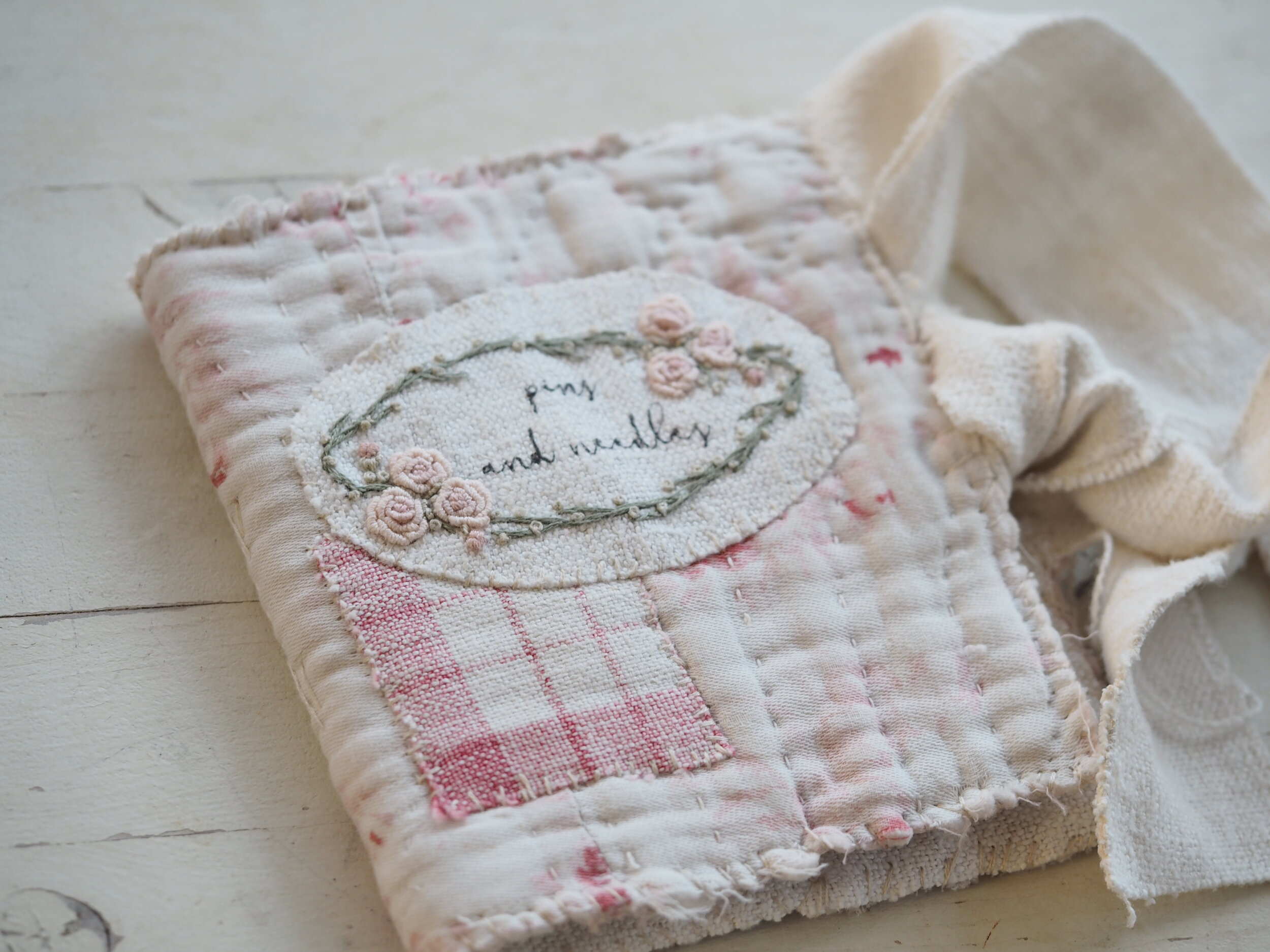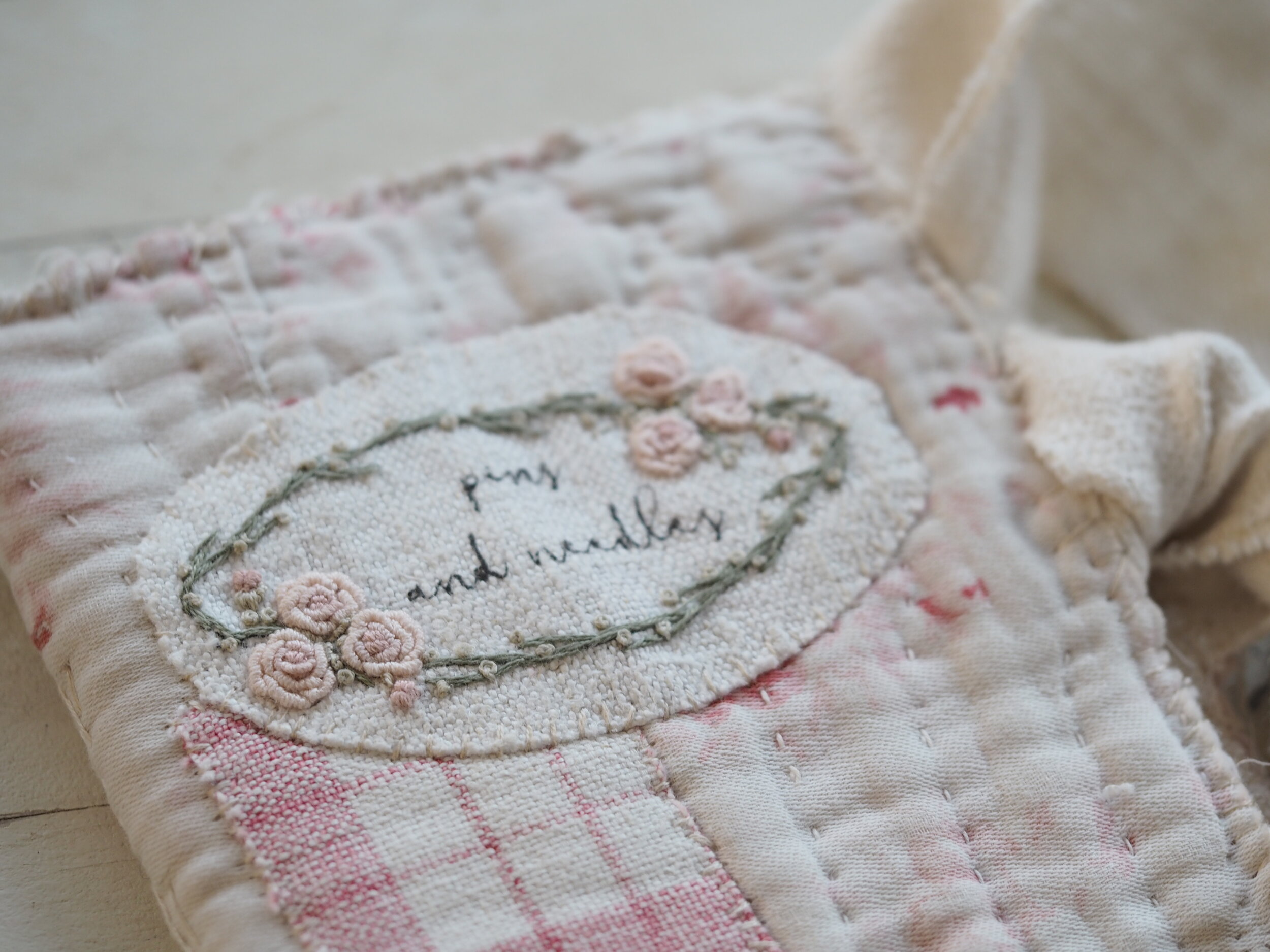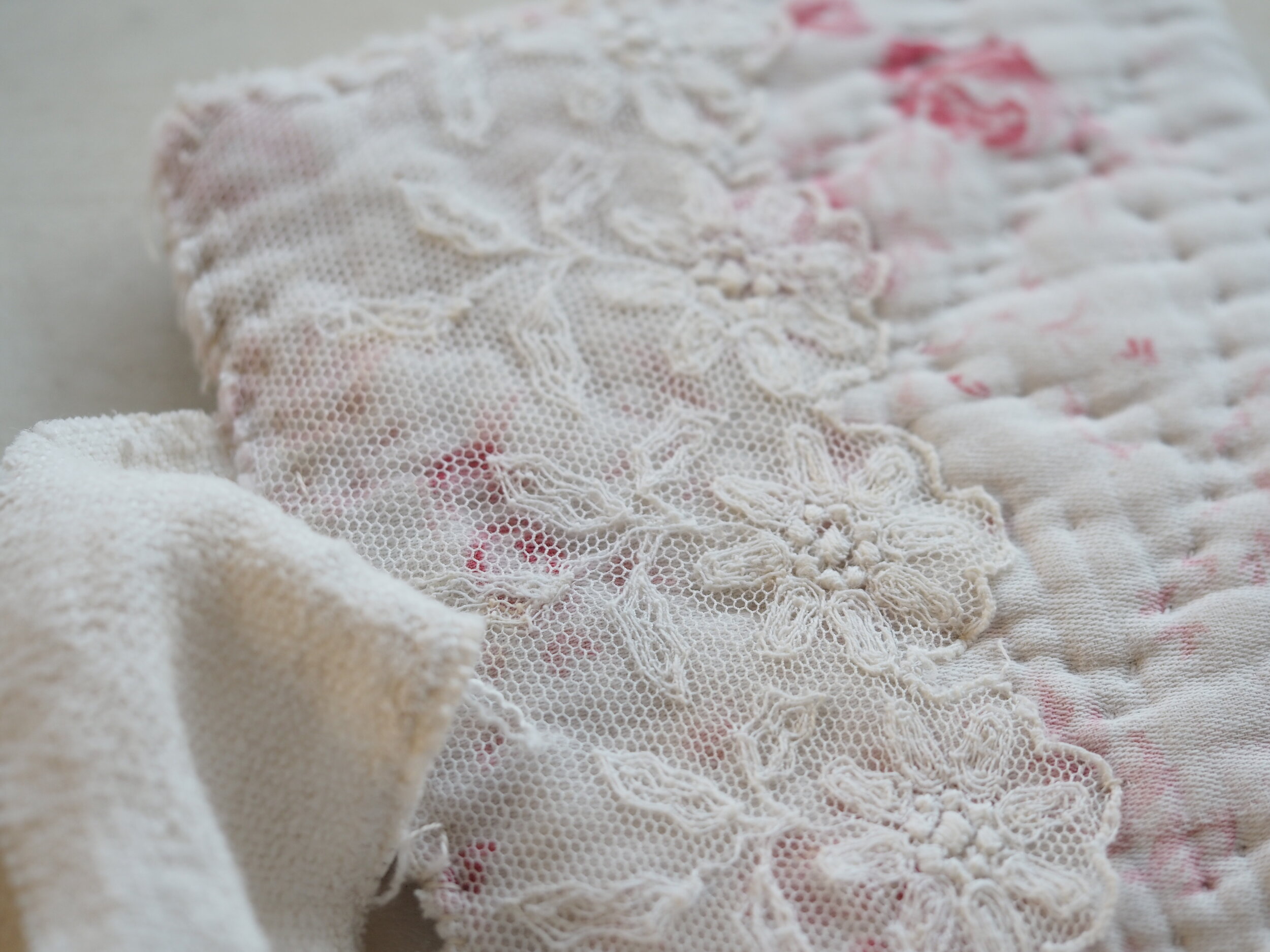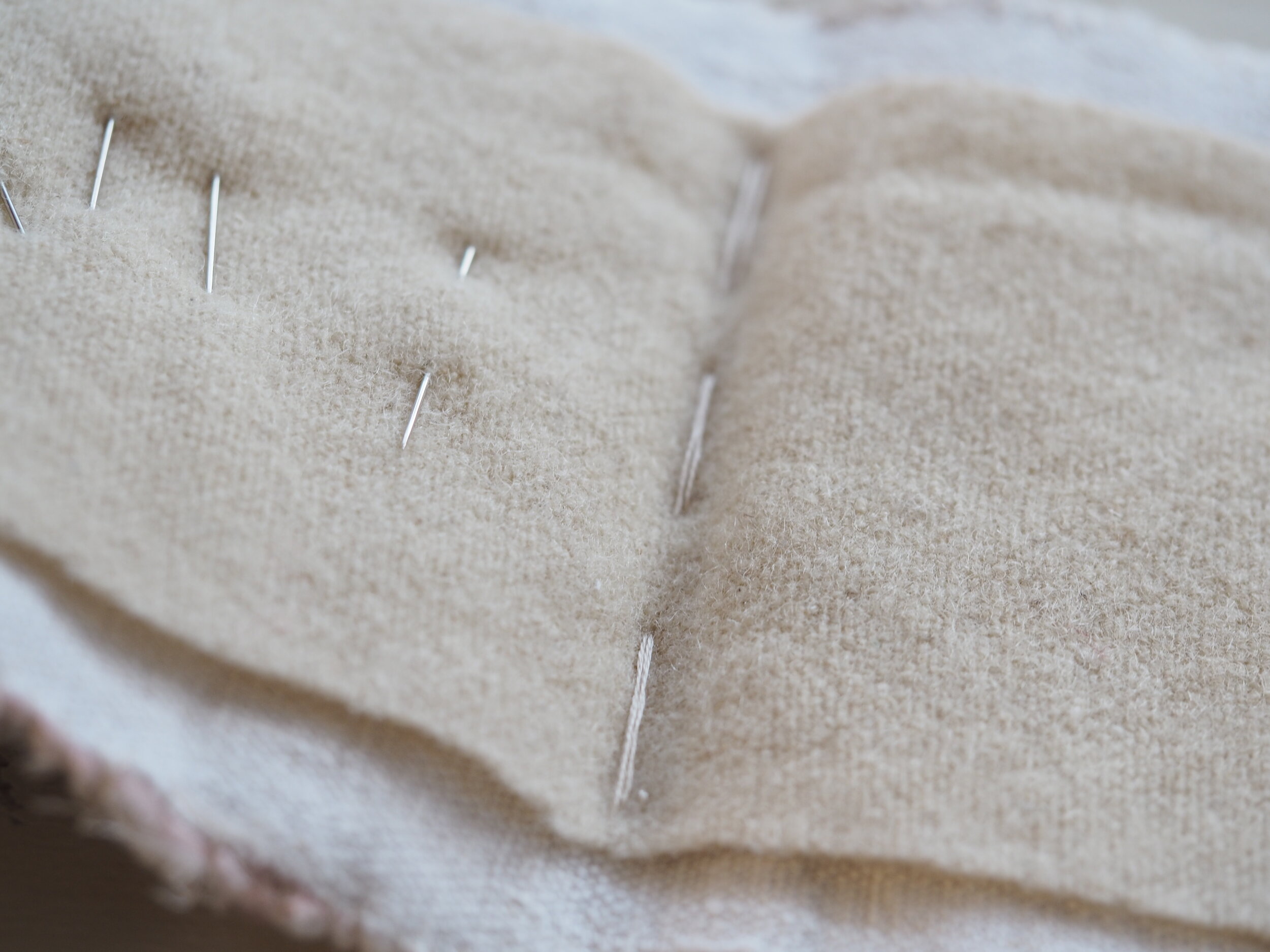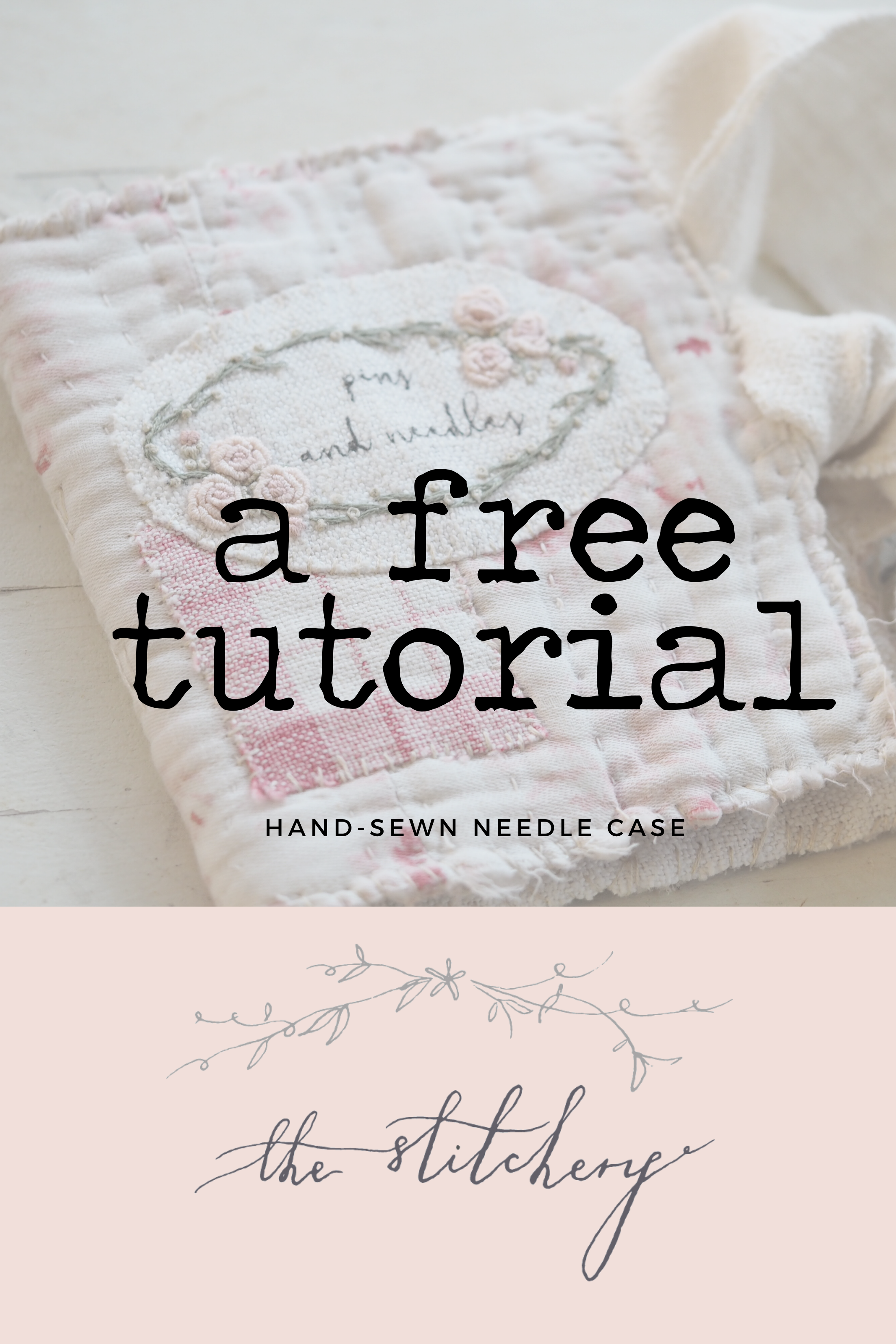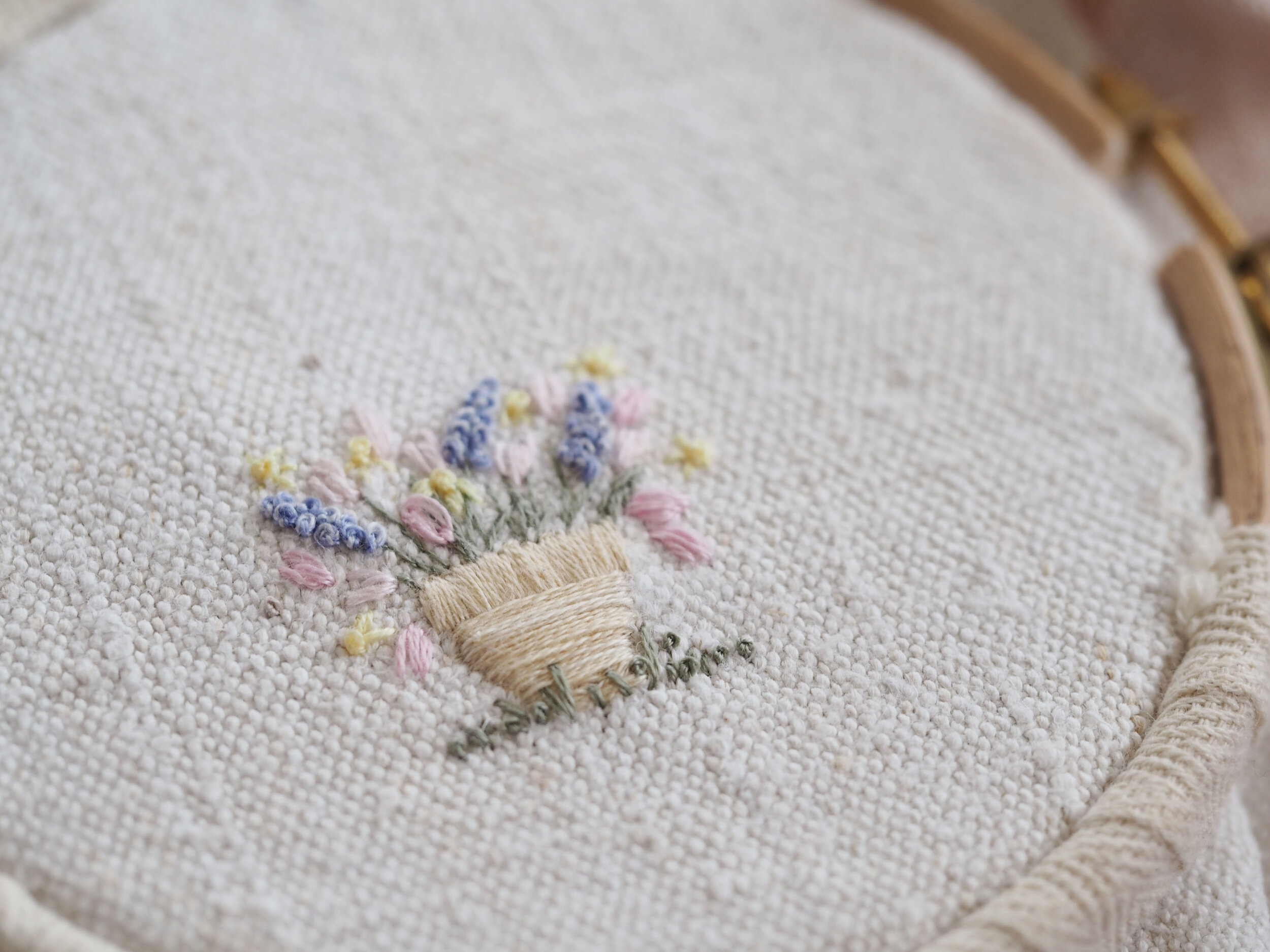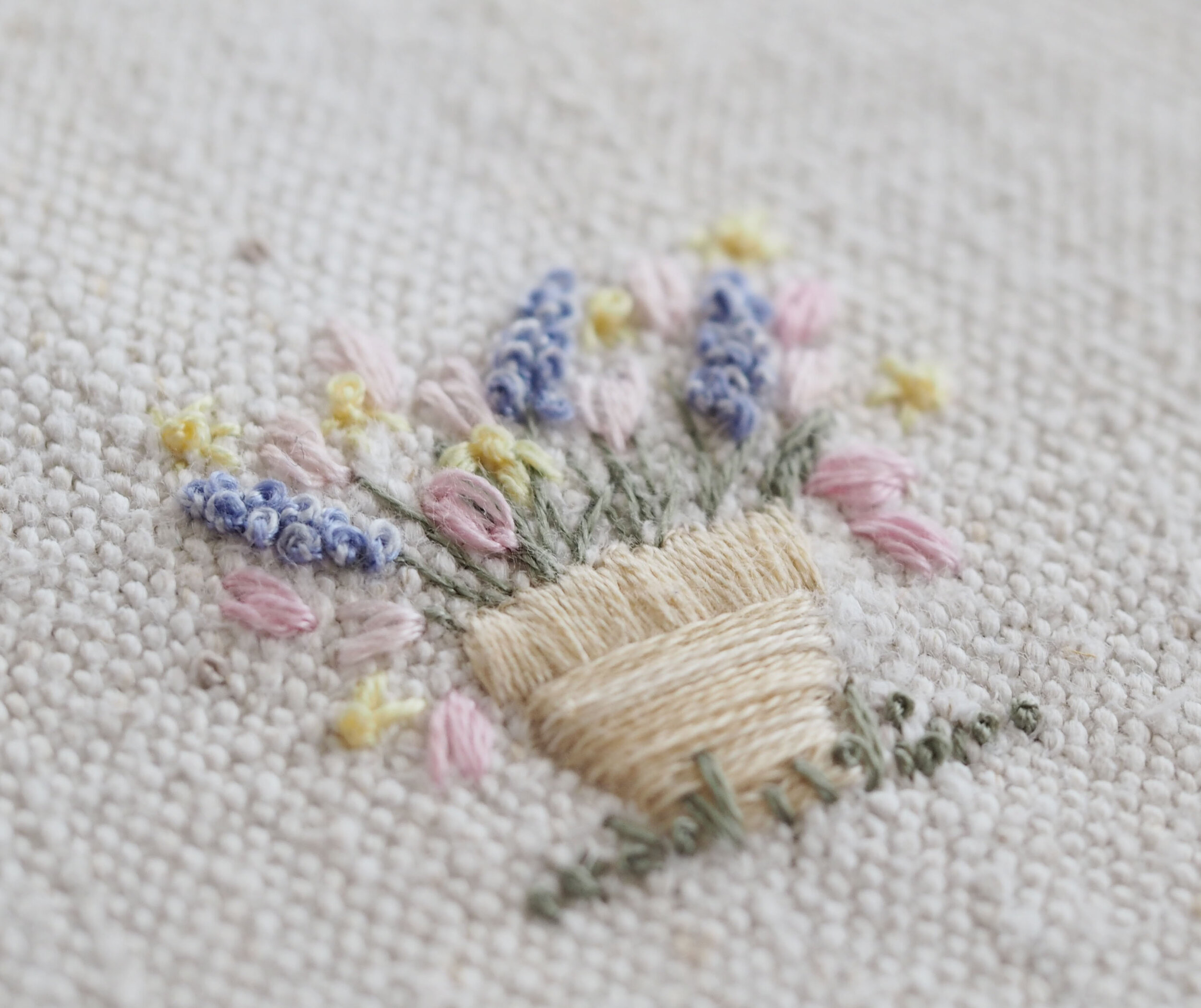As a child, I’d always got a little Basildon Bond writing set on the go; my favourite was a very pale blue paper with matching envelopes. I had a few penpals and loved to both send and receive happy mail. I used to copy illustrations from my books - most notably my Garfield comic books and a heavily illustrated copy of The Secret Diary of Adrian Mole. I would send my drawings to friends alongside a letter, often with a page of lyrics to songs that I had carefully copied down from Smash Hits! magazine. I sent mix tapes and scented stickers. Photos of Philip Schofield torn from magazines (my friend had an enormous crush on him) and I would often send one of those ‘chatterbox’ origami games.
Adulthood arrived in a flurry of driving lessons, Peach Schnapps and clubbing, so whilst I’ve always written thank you cards and letters to my grandma, my letter writing fell by the wayside a little. Then, about 10 years ago, I discovered blogging, then instagram and made friends with like-minded people all over the world. The friendships I made online resurrected my love of happy mail and I’ve been sending little parcels and letters ever since.
With loved ones pretty much isolated for the next 12 weeks, now is a good time to take up letter writing and send happy mail. They don’t need to be long, wordy letters. Just a postcard saying I love you, or look after yourself is nice to receive amongst a plethora of bills and junk mail.
I thought I would share some of my favourite sources for inspiration, stationery and hand-lettering. I know it isn’t stitch related but I have a feeling that there might be fellow stitchers who might also be stationery lovers and want some inspiration for sending happy mail!
The Postman’s Knock was the first modern calligrapher I found online. I love Lindsey’s blog, she is super generous with ideas and provides a lot of creative inspiration. I was desperate for her illustrated map course to launch and signed up straight away last week. Lindsey sells lots of beautiful downloads and I highly recommend a few hours browsing her blog posts.
Naomi Bulger has a beautiful blog Naomi Loves; and last year I signed up for her Beautiful Letter course. Full of writing prompts, stationery projects to try at home and beautiful illustrated envelope templates to download and colour, there is lots there to keep you going and inspire you.
Choosing Keeping is by far the best place for pens, paper and other letter writing paraphernalia. The shop is obviously closed at the moment but they are still sending online orders and we small businesses rely on website orders at the moment to keep going. I love their Rivoli writing paper and have it in all three available colours.
You’ve heard me sing the praises of Abby Monroe before. Ever since her journal workshop at the studio last year I have been obsessed with rubber stamps, zines and other mini books. I am hoping that I can book Abby in for more workshops at the new studio space as soon as the Covid restrictions are lifted. Fingers crossed for Autumn! Check out Abby’s website and follow her instagram page- she has lots of online workshops planned this Spring and they are worth dialling in for.
I’ve grown out of sending song lyrics in the post but I do like to add one or two little pretty things to my envelopes if I can. Pressed flowers, vintage floral cigarette cards, scraps of fabric and tiny doodles all make their way into letters from me at some stage. Kate Nicole’s beautiful cards, paper garlands and labels are perfect additions to letters; you can usually find Kate at various brocantes around the country but for now Rosehip in the Country is their online shop.
If you have any suggestions of other stationery suppliers or letter-writing bloggers please let me know in the comments below!
With love
Nicki xx





